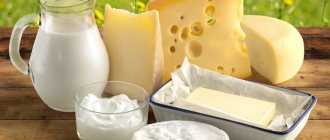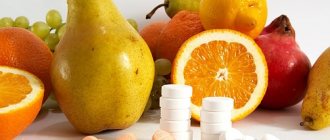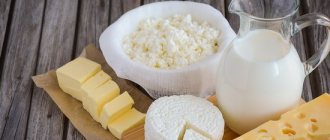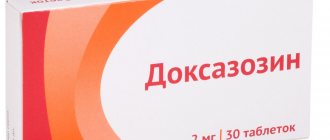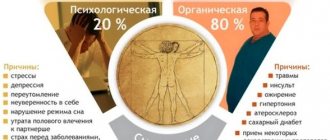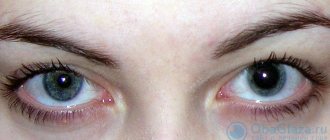Why is vitamin D needed?
Vitamin D is necessary for the proper absorption of calcium and phosphorus in the human body. When we eat various foods, we don’t think about why we eat a lot of cottage cheese and milk, but our hair falls out? Because the calcium that comes with cottage cheese and milk is not absorbed without vitamin D. Your memory is deteriorating, you have become forgetful and absent-minded - there is a lack of phosphorus. Do you eat a lot of fish? This is not enough. Phosphorus cannot be absorbed without vitamin D.
Absorption of calcium and phosphorus occurs mainly in the small intestine.
In addition, vitamin D is necessary for proper metabolism and healthy hormonal levels, since scientists have determined the activity of this vitamin in the process of cellular metabolism and reproduction.
Vitamin D3 in pharmaceutical preparations
Today there are several popular preparations based on vitamin D3:
- Minisan - tablets (10 mcg each), drops (5 drops contain 12.5 mcg);
- Aquadetrim - drops (12.5 mcg in each drop);
- Natecal - chewable or hard tablets (10 mcg each);
- Vigantol - drops (16.5 mcg each).
It is important to understand that an overdose of this vitamin group is just as undesirable as its deficiency. Therefore, while taking medications containing D3, it is necessary to avoid excessive sunbathing. It is recommended to take pharmaceutical products after consulting a doctor.
How scientists discovered vitamin D
This happened at the beginning of the 20th century, around this time the problem of childhood rickets, which was very relevant at that time, was solved. In America, Elmer McColm, observing dogs, discovered that those dogs fed with fish oil do not develop rickets and give birth to healthy puppies. Knowing that fish oil contains vitamin A, McColm first assumed that vitamin A could help prevent rickets.
But giving isolated vitamin A alone did not relieve children from rickets. Then McColm suggested that fish oil contained some other substance besides vitamin A. And he conducted the following experiment, which brought him world fame. It neutralizes the vitamin A in fish oil and gives this fish oil to dogs with rickets, and the dogs recover! The joy of the world community knew no bounds - after all, now it is possible to save children from rickets! This is how vitamin D was discovered.
Opened but not yet synthesized.
And the scientists moved on. After almost 10 years, biochemist G. Stenbock decided to irradiate food with ultraviolet light and discovered that such food sharply increases vitamin D in it, because an experimental group of rats with rickets who were given this irradiated food suddenly recovered sharply from rickets. While another group of rats with rickets, who were given the same food, but not irradiated with ultraviolet rays, continued to suffer from rickets. It was found that sunlight promotes the formation of vitamin D.
Then Stenbock applied for a patent “Irradiation of dairy and fatty foods to increase vitamin D” and got rich from it. The practice of irradiating products using the Stenbock method is very popular in the West. In Russia, they believe that this modifies products and does not bring much benefit, although it can cause significant harm. If you want to follow the Stenbock method, simply expose the milk to the sun or shine it with an ultraviolet lamp.


